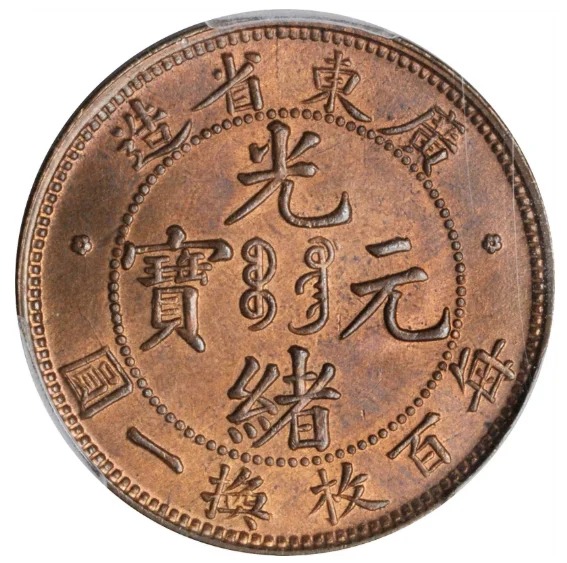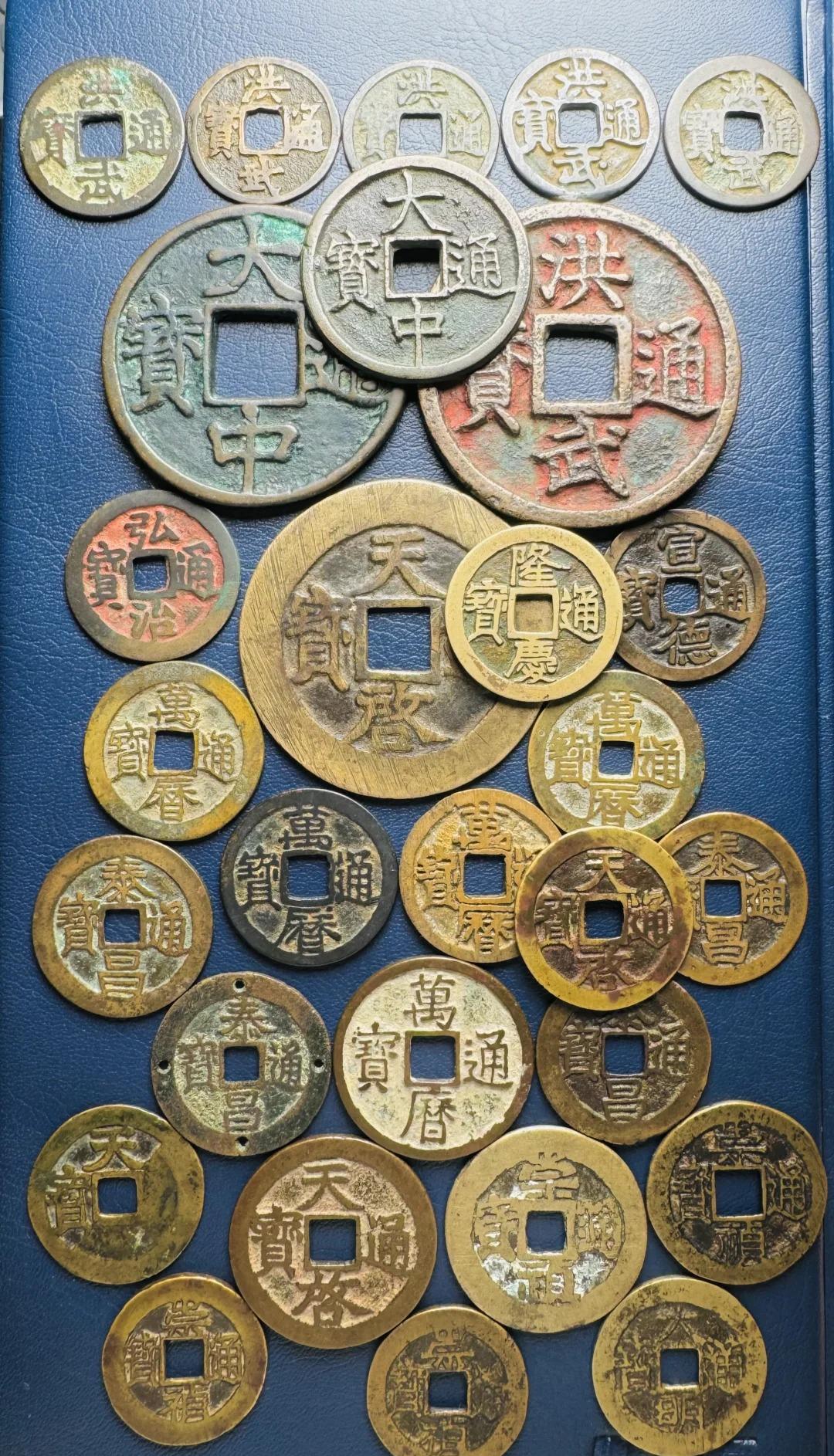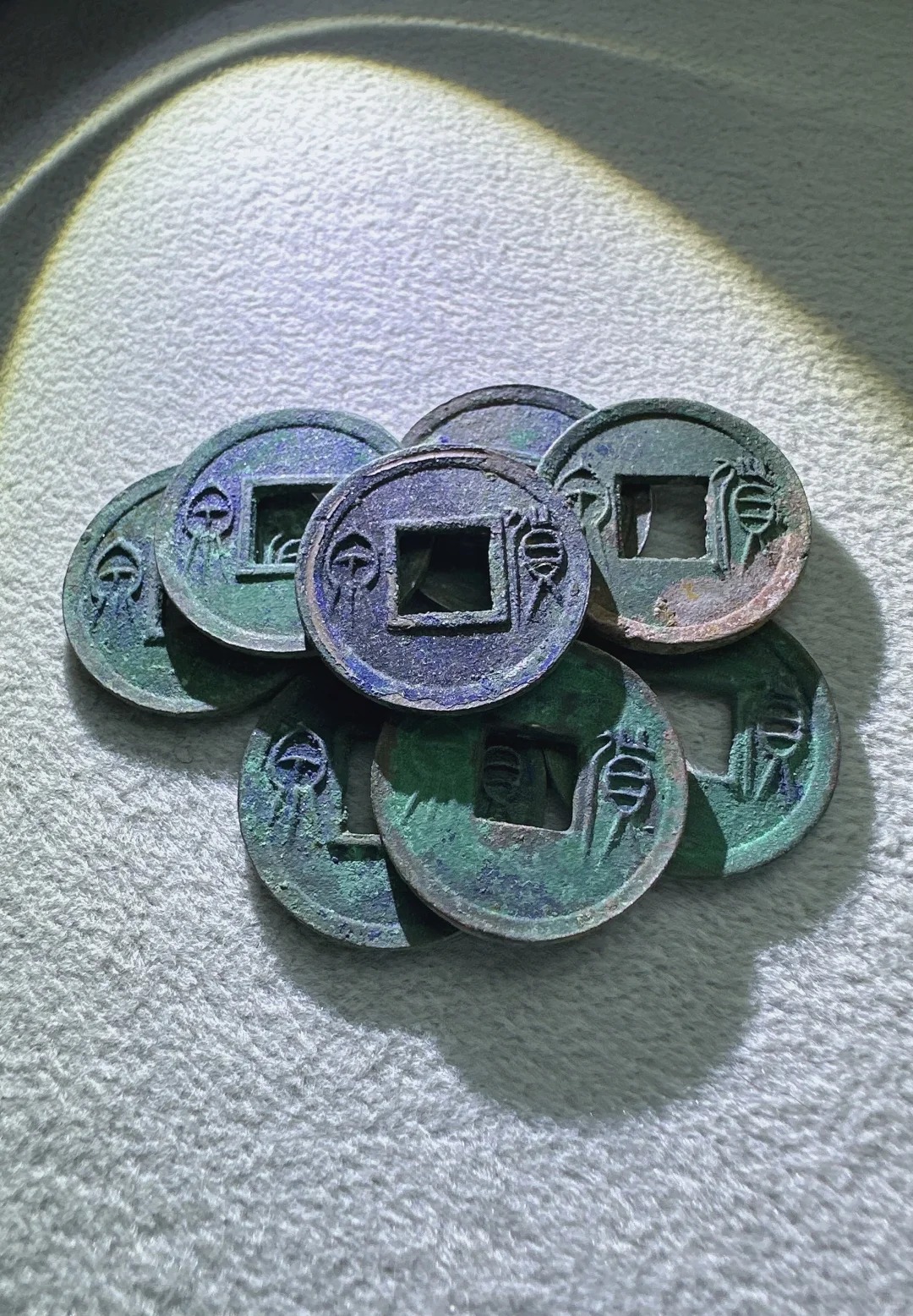Introduction to Ancient Chinese Coins
Ancient Chinese coins are more than mere currency; they are tangible links to China’s rich history, reflecting the economic, political, and cultural changes of each dynasty. These small metal discs and unique shapes have played a crucial role in shaping China’s civilization for over 3,000 years.

Timeline of Chinese Coin Evolution
| Period | Type of Currency |
|---|---|
| 1600-1046 BCE | Cowrie shells |
| 1046-256 BCE | Spade and knife money |
| 221 BCE-1912 CE | Round coins with square holes |
| Various Dynasties | Gold and silver ingots (sycee) |
Types of Ancient Chinese Coins
Spade Money and Knife Money
During the Zhou Dynasty, coins shaped like spades and knives emerged. These forms were likely chosen due to their resemblance to common tools, making them easily recognizable as items of value.
Round Coins with Square Holes
The iconic round coins with square holes, known as “cash coins,” were introduced during the Qin Dynasty and remained the standard for over 2,000 years. Their design allowed for easy stringing and counting.
Gold and Silver Ingots (Sycee)
Sycee, boat-shaped ingots of precious metals, were used for larger transactions and by the wealthy. Their value was determined by weight rather than denomination.

Symbolism and Design
The Square Hole
The square hole in Chinese coins is rich with symbolism:
- Represents the Earth (square) and Heaven (round)
- Symbolizes the concept of “round sky and square earth” in Chinese cosmology
- Practical purpose of allowing coins to be strung together
Inscriptions and Significance
Coin inscriptions typically included:
- Reign title of the emperor
- Mint name
- Denomination
These inscriptions serve as valuable historical records, offering insights into the political and economic conditions of their time.

Historical Context and Usage
Ancient Chinese coins were more than just a medium of exchange. They served as:
- Tools for economic standardization across the vast empire
- Symbols of imperial authority and legitimacy
- Means of propaganda and communication from the ruler to the people
Famous historical events, such as Wang Mang’s currency reform during the Xin Dynasty, demonstrate how coinage could be used to assert political power and reshape the economy.
Collecting Ancient Chinese Coins
For collectors, certain periods are particularly prized:
- Tang Dynasty coins for their exquisite craftsmanship
- Song Dynasty coins for their historical significance
- Ming Dynasty coins for their variety and accessibility
Tips for identifying authentic coins:
- Study the patina and wear patterns
- Familiarize yourself with common inscriptions
- Be wary of coins that appear too perfect or unworn
Proper care involves storing coins in a dry environment and handling them with clean, dry hands or cotton gloves.

Where to See Ancient Chinese Coins
Notable museums with impressive coin collections include:
- Shanghai Museum
- National Museum of China in Beijing
- Henan Museum in Zhengzhou
For those interested in purchasing, the Panjiayuan Antique Market in Beijing is a treasure trove of coins and other antiquities.

Ancient Coins in Modern Chinese Culture
The influence of ancient coins extends into modern Chinese life:
- Feng Shui practitioners use coin replicas for good luck and prosperity
- Fashion designers incorporate coin motifs into jewelry and clothing
- Artists create large-scale installations inspired by ancient coin designs
Tourists can find a variety of coin-inspired souvenirs, from keychains to decorative wall hangings, allowing them to take a piece of Chinese history home.
Ancient Chinese coins offer a fascinating window into China’s past. Whether you’re a serious collector, a history enthusiast, or simply curious about Chinese culture, these small metal artifacts have big stories to tell. They continue to captivate and inspire, bridging the gap between ancient traditions and modern appreciation of China’s rich numismatic heritage.





